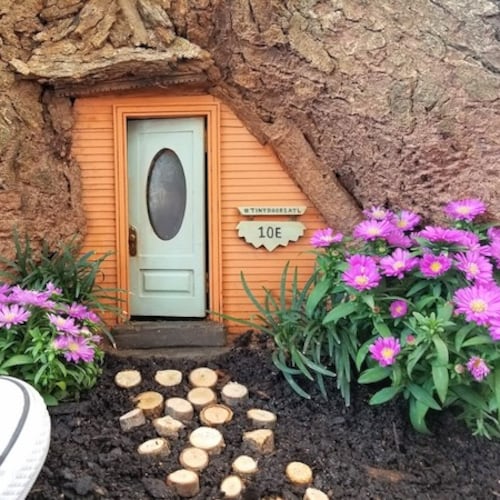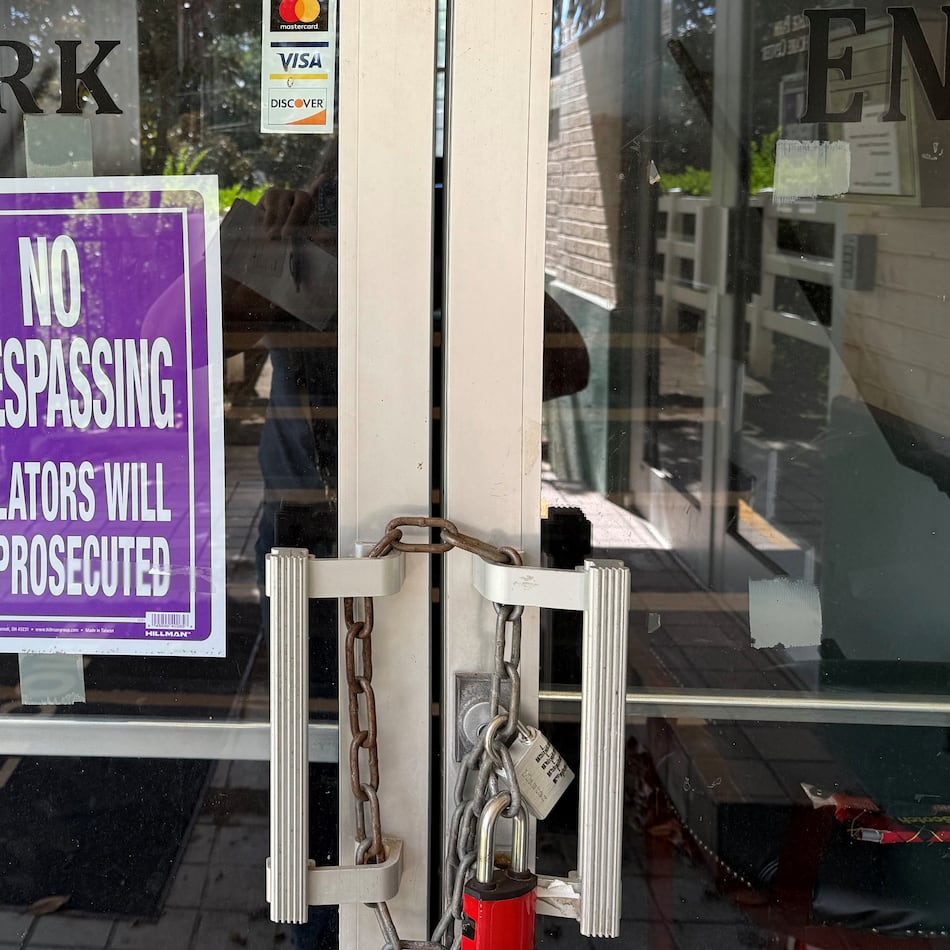Her distinguished acting career spans 50 years, including celebrated performances onstage (a Tony Award for “Same Time, Next Year”) and screen (an Oscar for “Alice Doesn’t Live Here Anymore,” in addition to five other nominations).
But, as 77-year-old Ellen Burstyn says during a recent interview, “I thought I’d missed out on ever doing a Tennessee Williams piece.”
When first-time director Jodie Markell approached her with a newly discovered Williams screenplay called “The Loss of a Teardrop Diamond,” Burstyn says she “jumped at the chance.” Set in Memphis during the 1920s, the drama casts Bryce Dallas Howard as one of the writer’s archetypal Southern belles, with Burstyn in the small but pivotal role of a bedridden family friend.
The film opened Jan. 8 in Atlanta.
Q: What’s the first thing that went through your mind when you heard about this project?
A: I thought, “Oh, goody!” (She laughs.) I’d worked on a few Tennessee Williams scenes over the years at the Actor’s Studio, but I’d never done a play or a film of his.
He sent me a script once, late in his career, but I didn’t really think it was very good, and I was pretty booked at the time, anyway, so I chose not to do it. I always regretted it. You never know, in a case like that, that you might be passing on a once-in-a-lifetime opportunity, so this script gave me the chance to make up for that.
Q: What is it about his writing or his characters that seems to hold up so well this many years later?
A: His characters have a great depth about them. These days, a lot of film writing is all about action. Everybody’s so enamored of what technology can do, what directors can do with the camera or in post-production or with special effects. The pace has quickened so much. There are very few films now that really take the time to allow the characters to reveal themselves. This film is like a throwback to stories about real people.
Q: Does that make it a hard sell?
A: Well, it’s not an easy sell, but hopefully there’s an audience out there willing to take the time to receive the work of a great master, to allow the subtleties of the human experience to sink in.
Q: How does working with a first-time director differ from working with one who’s more experienced?
A: I’ve worked a lot with first- or second-time directors — Martin Scorsese (on “Alice”), Peter Bogdanovich (“The Last Picture Show”), Darren Aronofsky (“Requiem for a Dream”) — and I tend to prefer it that way.
When directors are young and fresh and haven’t directed much before, their inspiration seems to be more readily accessible. They haven’t been put through the pain machine that inevitably comes the longer you’re in this business. They haven’t been wounded yet and they’re more in touch with their artistic impulses.
I like that. It’s more exciting.
Q: Back in the 1970s, during your heyday as a Hollywood leading lady, you were a rather vocal critic about the dearth of good roles for women. Have things changed or improved much?
A: There are certainly more roles than there used to be, mainly because a lot of women are creating their own work, the way I did with “Alice Doesn’t Live Here Anymore” or “Resurrection.”
Is there still a huge imbalance? Absolutely.
But, I have to confess, as someone who’s been working steadily for 50 years, I’m not the one who should complain. It’s somebody else’s turn to carry that banner.
Q: As you get older, is it harder to keep finding roles that challenge you in new or different ways?
A: My biggest problem now is finding parts where the plot isn’t about whether grandma needs to go into a nursing home. (She laughs.) I’ve played that several times already, and I’d like to give that one a rest.
About the Author
Keep Reading
The Latest
Featured

